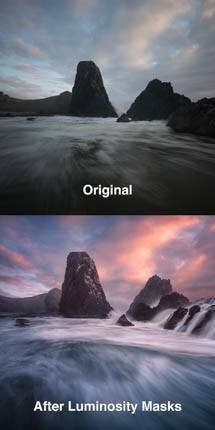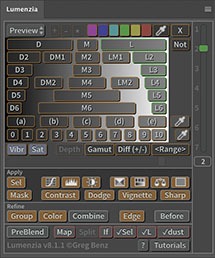Are you using long lenses effectively for your landscapes? When I first started shooting landscapes, I went crazy with wide angle lenses. 24mm, beautiful. 14mm, amazing! I wanted to capture everything I saw, because I experiences so much when I went to a beautiful new location. I love the way wide angle lenses can create amazing foregrounds and leading lines. And I grew up in photography adhering to Robert Capa’s advice, “If your pictures aren’t good enough, you’re not close enough.”
I still believe a telephoto should never be used because you are too lazy to move closer to your subject. That’s a quick way to create an image with no foreground or leading lines, which gives you an image that looks like a cheap post card. But over time, I’ve come to fall in love with using telephoto lenses for landscapes. One of my favorite lenses for landscape photography is the Nikon 80-400mm lens, and I use the 400mm end of that lens quite a bit.
That might sound like a lens you’d only want for shooting sports and animals, but it’s a critical piece of the professional landscape toolkit. By shooting with a longer lens, you can also greatly simplify a chaotic scene, and compress it to create new relationships between different subjects.
I shot the image below of the Eagle Mountains in Joshua Tree National Park with a 400mm lens. Had I moved closer to create the same framing with a wider lens, a couple things would have happened. First, I wouldn’t have the beautiful atmospheric haze on the first mountain range. Instead, I’d be filling my image with all sorts of distracting rocks and cactus that would complicate the image. And second, I’d lose the beautiful relationship between the mountain ranges that gives the image such a beautiful layered effect.


